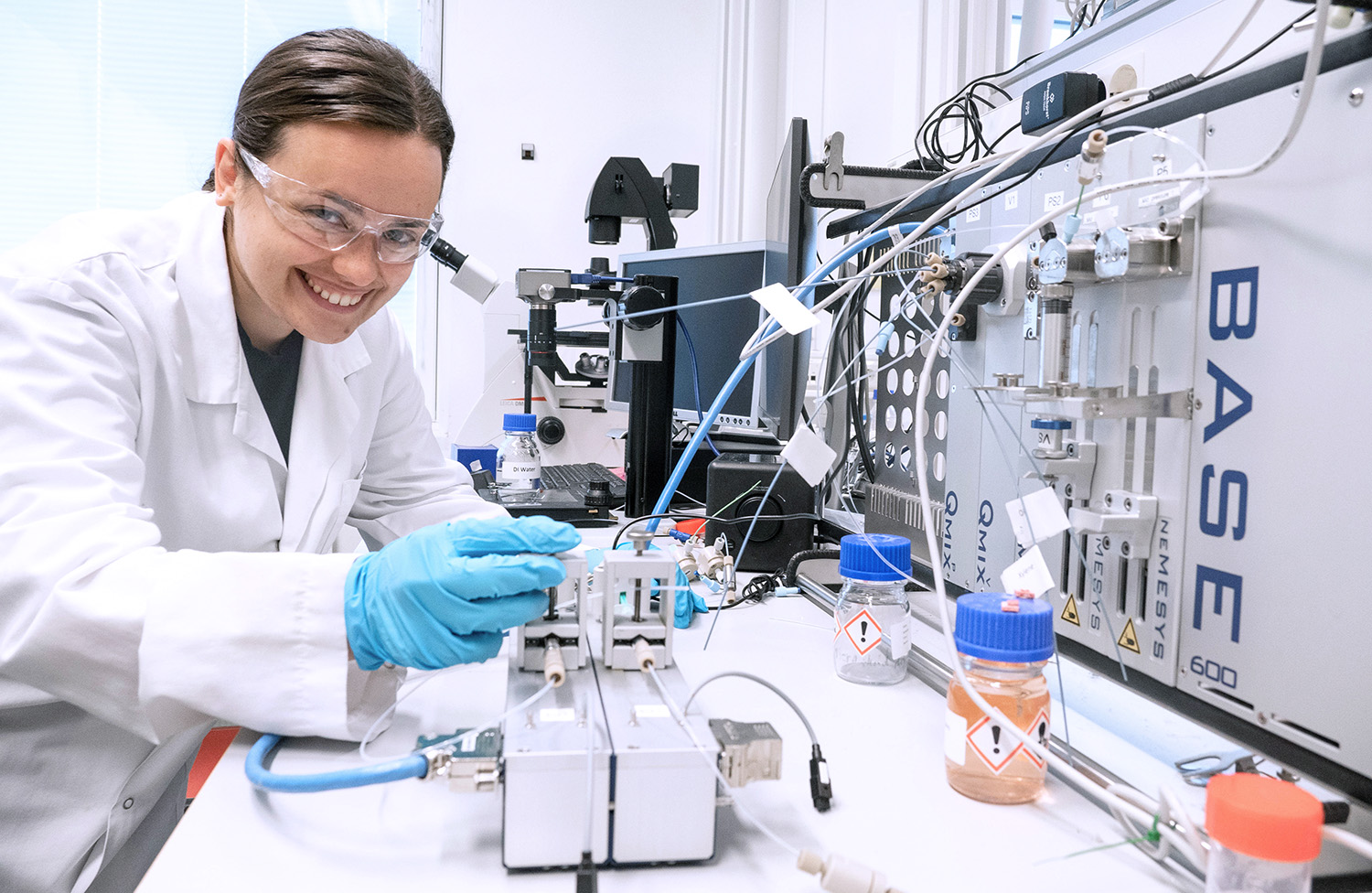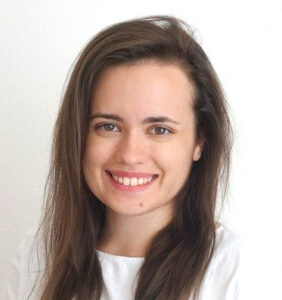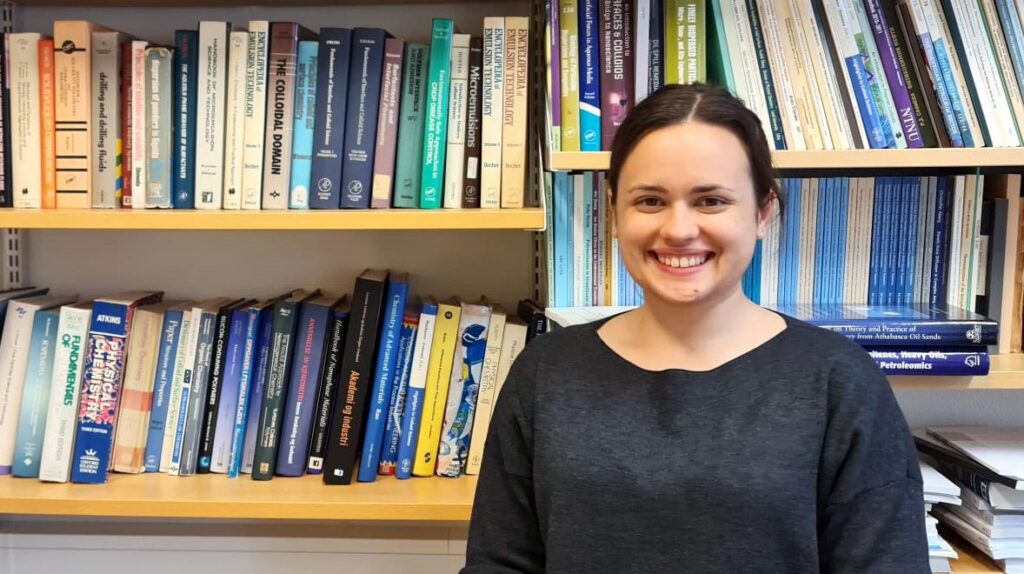What is your role at NTNU?
Can you sum up your research in just a few words?
My research looks at bubbles and droplets: how they form, how they interact with each other, whether they are stable or unstable. I also look at phase transitions: how you go from, say, a vapour to a liquid, or a liquid to a solid.
How did you first get interested in that research area?
During my bachelor’s degree, I had a chance to work on research with my eventual PhD supervisor Janet Elliott. She really helped guide me and nurture my interest in science.
We looked at the effect that curvature has on vapour-liquid equilibrium. Let’s say you have a two nanometer-sized droplet and a 100 micron-sized droplet – their boiling points, or freezing points, will be different, and that’s because for the smaller droplet the interface between the liquid of the droplet and the surrounding air is more highly curved.
It was this that got me very interested in these phenomena at the small scale. Then during my postdoc, I looked at experimental techniques to investigate ice nucleation in the atmosphere. That’s where I learned microfluidics, which is a really cool technique where we can control how fluids flow in a small system, and use that to generate droplets to study.
My aim at NTNU is to combine microfluidics with some really important industrial applications. I want to bridge that gap between our experimental knowledge and our theoretical understanding of what’s happening in these kinds of systems.
Why did you choose NTNU?
It is really a great environment. For research, it seems extremely collaborative. I’ve been here for just a few months, but I feel very welcome.
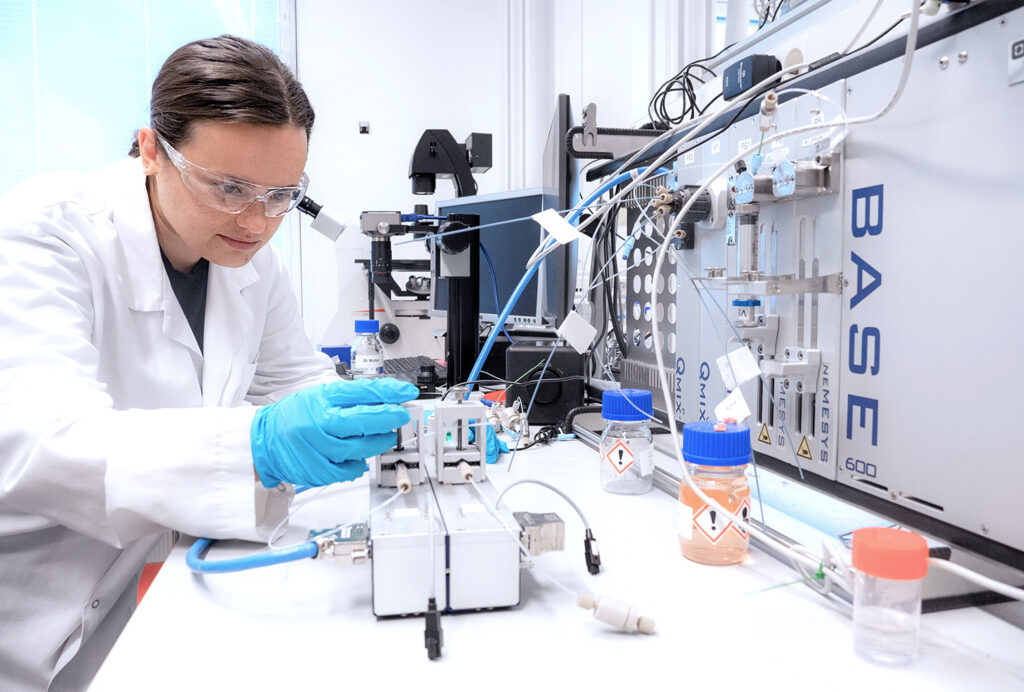
What facilities will you be using for your research?
I’m at the Ugelstad Lab. It has quite a long history in colloids and interface science, so already has a lot of equipment established for microfluidics, for example. I aim to reinforce that specialisation and to expand on it, and really use these microfluidic tools to investigate interesting problems.
What was your last paper about?
The last paper I contributed to was one by our PhD student Judith Kleinheins at ETH Zurich: it was a review of current models for surface tension, and we also proposed a new empirical model.
If you have a glass of water and you try to put, let’s say, a paperclip on the top of that, the paperclip will float. And that’s because there’s surface tension at the interface between the water and the air – it’s really just a tension between molecules at the surface. The paperclip floats because there’s such strong bonds between the water molecules. But if you had a glass of ethanol instead, and you tried to put the paperclip on the ethanol, it would probably sink, because the surface tension is much lower for ethanol than it is for water.
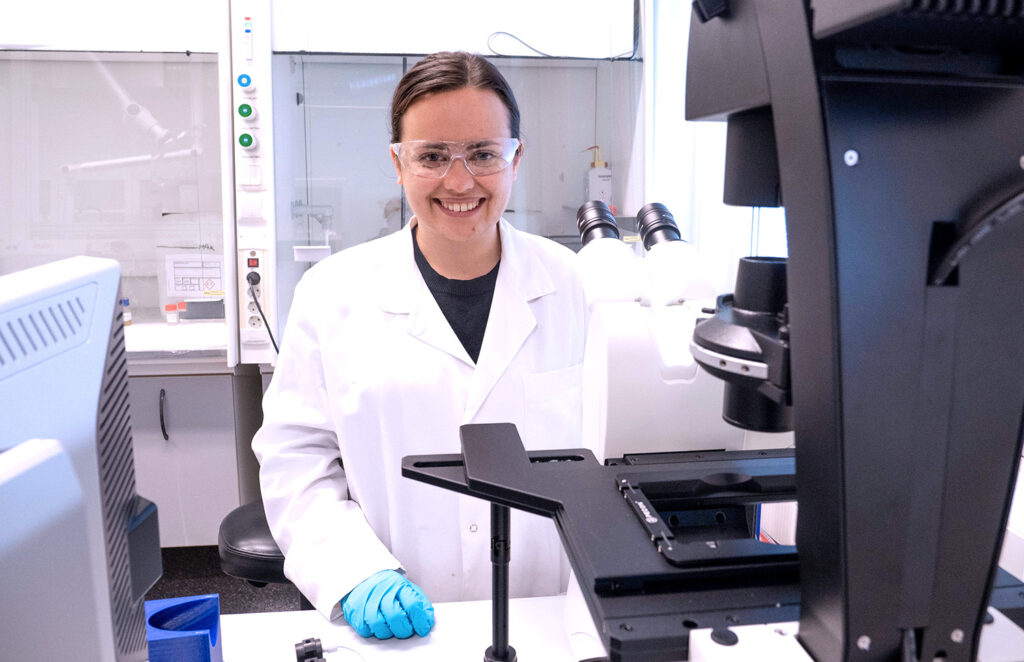
In our paper we tried to understand the different mathematical models that exist for predicting surface tension as a function of different concentrations of the components, such as water and ethanol. If you have pure water, we know what that surface tension will be. But if you had different components, how can we predict the value of that surface tension?
This is important, for example, because cloud formation depends on surface tension, to a large extent. It’s a very small detail, but it has important implications when we’re trying to understand the Earth’s weather and climate.
What motivates your work?
Curiosity, understanding, trying to dig deep into the problem and figure something out. I find that working with other people means you can figure something out that you wouldn’t have been able to do alone, and that’s really motivating for me.
What are you most looking forward to working on in the next year?
I’m hiring my first couple of PhD candidates, which is exciting.
I’m also really looking forward to looking at foam stability and gas floatation. Foam is basically air bubbles collecting together. And foam stability is a factor in many industrial processes. For example, if we want to increase the shelf life of food, we can look at how a foam dissipates in those products, and how we can make sure that it becomes stable for longer periods of time. On the flip side, we can also look at the question, when do we want foam to be unstable? In some industries, too much foam can cause issues.
Gas flotation is being able to use air bubbles in order to separate different substances in a stream. We can use it, for example, to improve water quality by being able to separate out some impurities from the water.
What is the biggest challenge remaining in your field?
In colloid science, one of the biggest challenges is to incorporate sustainability. But it’s also a great opportunity for us in the field, to be able to find replacements for certain compounds that are environmentally unfriendly.
What do you do in your spare time?
Photography is something that I enjoy no matter where I am, when I’m travelling or if I’m just in the city. I also like art. Here in Trondheim, there’s a lot of museums and art galleries. I can spend probably an hour or two just in an exhibit, looking around and being inspired.
It gives you perspective and some distance from your work. Or maybe you see something that inspires a new direction and you can re-analyse, or reorient where you want to go in your work.
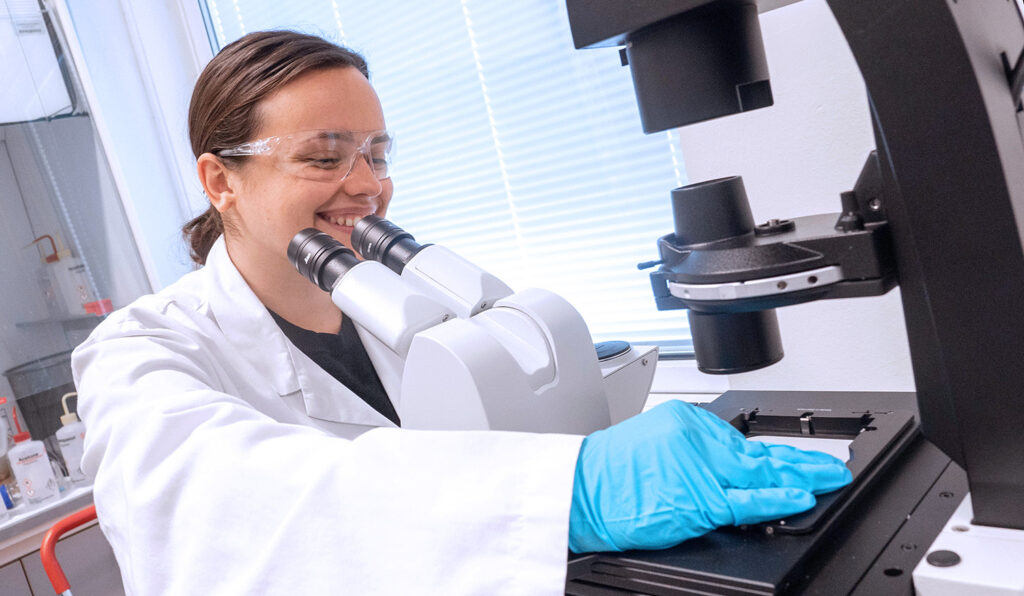
I think that science and art are very much interconnected. I enjoy that connection between the artistic side and the scientific side of life. It’s all just life, right?
Is there anything else important that we haven’t talked about that someone should know about you or about your research?
I did an interview a couple years ago at my old university in Zurich, and I got a really cool collaboration out of it. I never expected that. So maybe I can take the chance to say here that something you don’t know about me is that I really want to talk to you!

